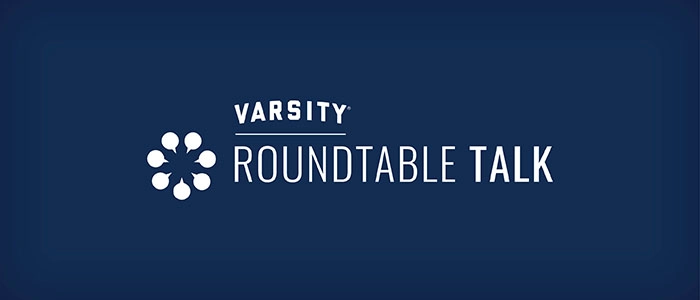The 2017 Power of Purpose session is in the books, and the member organizations of LeadingAge Tennessee experienced a great conference. The speakers all delivered interesting and informative messages that helped to educate and inspire. I was able to take in several sessions during the event and wanted to share with you the three items that really struck as important takeaways for all attendees.
The unimportance of an office
I thoroughly enjoyed Duane Cummings, the keynote speaker who opened the conference. His message on leadership and putting people in the right place for them to succeed is something I truly aspire to. But one point really resonated with me: Duane doesn’t have an office at his organization. Rather, he ensures that all his key employees have their space, and he meets them there. It reminds him to be a servant leader and takes the fear out of a chat with the CEO.
While retirement communities are often dealing with sensitive information, and therefore need private office spaces, I believe his point is still salient. It speaks to the need for executive directors and C-suite personnel to get out of their offices and walk the communities they serve. It’s far too easy for us to get stuck in our daily routines and never leave our offices, processing that precious paperwork that never seems to end. Getting out for that daily walk not only makes you more present, but can serve as a morale booster to both residents and employees.
Reposition with a purpose
Tye Campbell of SCFS presented an excellent session on some of the repositioning and construction work that his firm has done in the last decade. Every one of those communities had something in common; they all worked hard to incorporate green design and local flavor into their updates and upgrades. This trend isn’t new in the aging services space, but Tye’s presentation reinforced just how important these considerations are as organizations contemplate their next move.
SCFS has also experienced a dramatic rise in the desire for common spaces in senior living. Tye noted that, in several instances, the pools, bistros and other dining areas that SCFS has built are so popular with residents that they seem too small on the very day they open. Those looking to expand should listen up on this point — don’t go small just because of budgets. Think about how much use the space will get, as it’s better to built a slightly larger space now than to try to retrofit or expand a space later.
Plants, leaves and the color green
While this might be a bit self-serving, Seth Anthony, our communications manager at Varsity, made an interesting point during our session on branding that I hadn’t previously considered. It also happened to get the most laughter and nods of agreement of any part of the presentation, so I had to include it in this list.
We, at Varsity, value our ability to bring a fresh perspective to our clients during our brand odyssey. Seth aptly pointed out one area in which aging services organizations aren’t doing a good job at being fresh — their logos! Try this exercise, and you’ll see what I mean! Go to http://images.google.com and search for “senior living logos.” You’ll notice that a large portion of logos include one of three elements: plants and trees, leaves and the color green. As organizations work hard to differentiate themselves in an ever-more-competitive market, having a logo that looks and feels much like your competitors can make it hard to truly stand out. I know I’ll be taking a more critical look at aging services logos in the future!
I’d like to extend my thanks to LeadingAge Tennessee for another great event in Nashville. Its hospitality is always spot-on, and you certainly can’t beat an evening out
